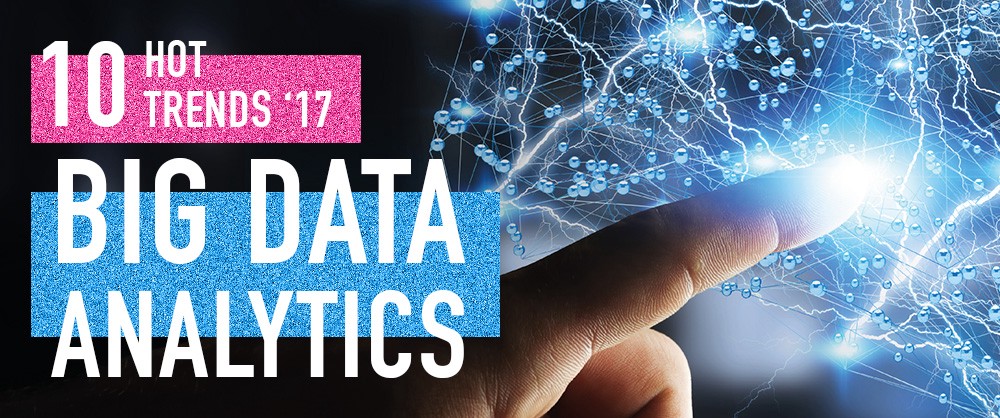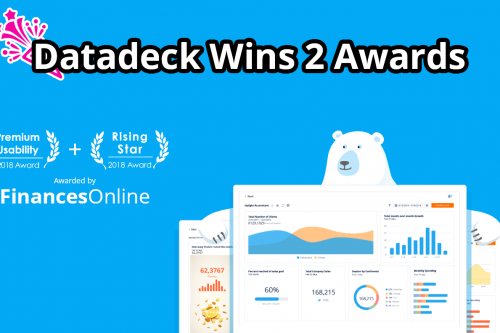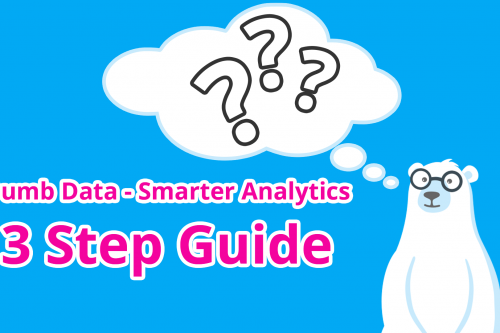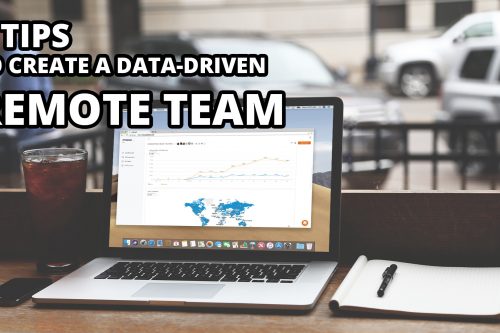Even your grandma knows what Big Data is, and the tech boom isn’t going anywhere soon. So let’s take a look at what’s in store for analytics types in 2017, and what businesses of any size can keep an eye on.
- Privacy Issues Leading To Data Security Increase

It is no secret that data breaches are becoming a bigger concern to businesses worldwide. When a company can completely lose face and brand loyalty by allowing hackers to steal customer information, implementing efficient security measures becomes a necessity. Many businesses still have no real data security systems in place — this will change soon. If you’re interested in data security issues, it can be worth following a guy like Dan Goodin on Twitter.
2. Analytics Talent Drive
When there is already serious talk/concern about the prospects of many traditional jobs such as legal work and accountancy being impacted by smart technology, the flip-side is an increase in roles related to smart technology. With worldwide business becoming well aware of the benefits of massive data analytics, there will be a continued drive to hire the best analytical talent available.
As the analytics art form refines itself, expect to see more analytics courses at university gaining prestige, just as some of those older trades become less lucrative. If you are looking to employ new analysts, AllAnalytics is a great place to keep up-to-date on Analytics employment news and general Analytics buzz.
3. Virtual Reality and Augmented Reality in 2017

The prospect of wearing a VR headset may excite consumers, but advertisers are getting excited by the prospect of a whole new advertising realm. With many companies already specializing in VR and augmented reality ad campaigns, we can expect to see more of the same as these devices become widespread. You have probably heard rumblings of these devices being used to gather data on their wearers — from eye movement to attention span. While this may seem somewhat nefarious, it is likely to have an impact on how we are fed relevant information/ads in the future. If you’re interested in these kinds of services, check out AdVRtas.
4. Automated Conversation

Any company worth its salt at the moment is installing some sort of automated communication system either as a complex emailing tool or directly onto their website as a chatbot.
When traditional email systems operated a simple email cycle tracking customers through the sales cycle, these systems are now becoming more complex and utilize more data, creating a more tailored experience for the individual. The most extreme version of this is the automated conversations that are now available in chat windows on many company websites.
These bots operate like ELIZA, the virtual therapist, and can cut down a surprising amount of labor for a business while proving useful information to customers. Customers with complex problems will simply be redirected to a live operator, telephone, or email address. As AI gets stronger, expect a day to arrive when you can no longer tell whether you are talking to a customer service manager or a bit of complex code. The Turing test has never seemed so creepy… Check out a company like KeyReply for chat bot services.
5. The 5 Digital Technology Platforms
This list will become better known to businesses worldwide: Customer Experience, Analytics & Intelligence, Information Systems, (IoT) The Internet of Things, and Business Ecosystems. Confused by any of those? Breaking these down could be an article of its own, but at least you’re now aware of the newest way of looking at tech in your business!
6. Digital Twins

So this is very Minority Report… Basically, as more and more of the objects around us become digitized and intelligent, each of these objects or devices will require its own cloud-based digital twin. This twin can then be tweaked and even experimented on — putting it through real-world conditions — before the changes are put through to the physical version. If you are getting visions of Ghost in the Shell and all the strange ethical dilemmas that might flow from these advances, then well done. Perhaps you can begin to specialize in the curation of machine data, or “ghost watching.” Companies like GE(their Twitter) are already pioneering this technology in the Aviation and Healthcare industries.
7. Data Segregation
There has for a while now been an interesting debate raging about technology’s erosion of the boundary between work and play. Because your boss can now easily call you outside of working hours, or even see where you’re hanging out, some countries have decided to bring in laws forbidding employers from interfering with your “me time”. Software that divides the working from the recreational lives of people, affording space for two separate devices in one “shell” is likely to become more commonplace. Data segregation extends far beyond working lifestyle though, and can be essential for any company handling large amounts of diverse data. A specialist like MFGVision can help with data segregation solutions.
8. Proliferation of Data Discovery and Visualization
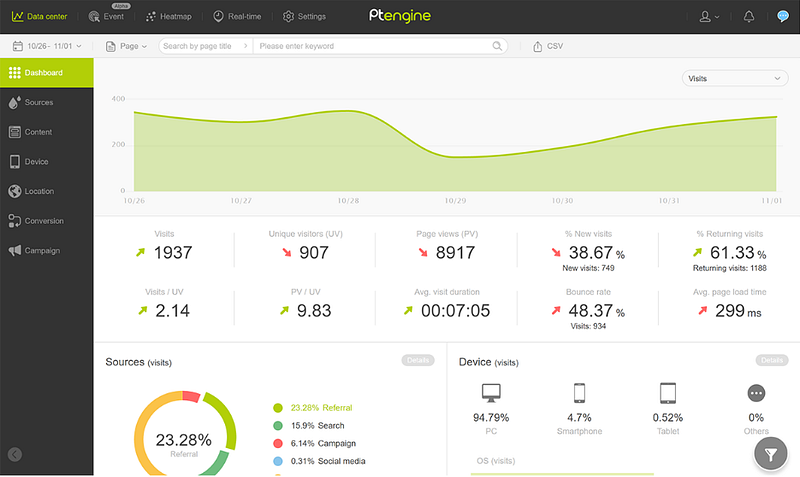
With all this new interest in data analytics, perhaps the most important trend for 2017 would be further development of new data platforms. The art of gathering and displaying data is a competitive market at the moment. In a few years, even the great Google Analytics may look archaic when compared to emerging technologies.
There will be a major emphasis on aesthetics in the future, as analytics tools aim to not only become the most intuitive, but the most pleasurable to use. If you are looking for a newer data visualization platform that is easier to use while being incredibly malleable, you can check out Datadeck. It has a long free trial and we are happy to chat with you live and help get you set up.
9. Esims and Data Continuity
The idea for Esims has been around for a while, but it seems that it might finally be coming to fruition. Esims will allow people to switch mobile phone provider without having to get a new SIM card. While this change seems rather innocuous, it implies a stronger data continuity between customers that will ultimately result in a life-long data profile. Once these Esims begin to blend with data gathered from Google accounts and the like, we come one step closer to a complete illustration of our daily habits, ripe for advertisers. Or maybe they are just trying to make switching contract easier… who knows.
10. Deep Learning
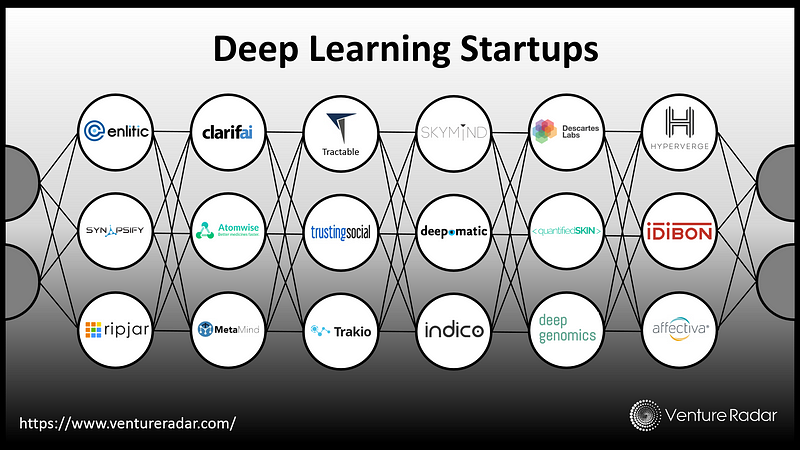
This is certainly one of the more interesting developments to watch out for.
When an entrepreneur like Elon Musk buys stock in Google just so he can keep an eye on their machine learning program, it isn’t unreasonable to think that the developments here are very real, and potentially world-altering. As artificial intelligence becomes better at solving large and complex problems from vast data sets, we can expect the results to be both a big boon to business and a disruption to the labor market. Of all the points listed here, deep learning is perhaps the biggest game-changer on the horizon.
What did you think of our list? Let us know if we missed anything major. And don’t forget to check out Datadeck if you want to get involved in the future of analytics.

